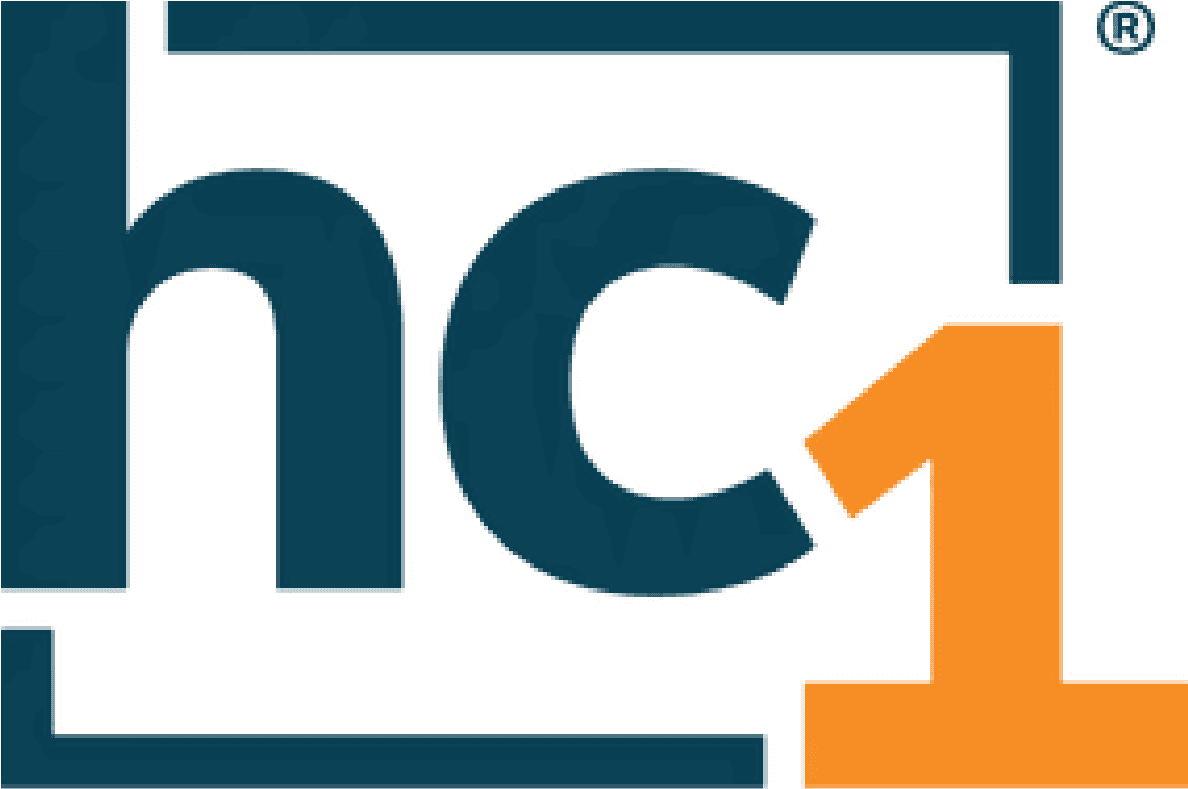November 3, 2021
Over 2.3 trillion gigabytes of data are generated every year in healthcare. Equal to:
- 1.2x the amount of currency in circulation in the United States
- 1,000x the amount of heartbeats the average human will have in their lifetime
- Over 20x the amount of people that have ever existed on earth
- 20x the amount of stars in the milky way galaxy
- The amount of steps it would take to walk around the world 35,000 times
- 760 times the amount of base pairs in the human genome
One key place where the value of this data can be realized is in the lab. During a master class session on Moving the Clinical Laboratory toward Precision Health: Why Real-Time Data Feeds Allow Our Scientific Team to Identify Trends within Client Practices and Interact with Caregivers in Ways that Directly Improve Patient Care at Executive War College 2021, Scott LaNeve, General Manager for DrugScan, shared that one of the ideal ways to differentiate your lab is through using informatics to convert your lab’s data and information into value. DrugScan has done this by using hc1 Operations Management for commercial operations, customer service, and analytics.
For 10 years now hc1 has been transforming lab data into personalized healthcare insights. hc1 Operations Management was even recognized by Digital.com as one of their top picks for The Best Healthcare CRM Software of 2021. One key thing that we’ve discovered is that the best way for labs to achieve both internal operational efficiency, provide exceptional customer service, and deliver added value for their customers through analytics is to centralize all of those functions in a single platform.
Based on our experience, here are three of the biggest challenges your lab can overcome with a single lab insights platform to increase your lab’s value.
- Data Silos
All too often, laboratories are managed by various departments running a myriad of disparate data systems and silos – making the prospect of capturing a comprehensive client view a daunting proposition. LIS, billing, sales, and client service systems, which collectively
store an abundance of critical data. The hunt for key information spread among multiple locations often results in two unfortunate situations: an inefficient resolution is put into place because the root cause is too difficult to pinpoint, or too much time passes during the process of hunting down data, causing an already strained relationship to progress to “crisis mode.”
While most labs have access to an abundance of data that can guide decisions and help identify reasons for issues, the challenge typically lies in promptly and easily making sense of this information. Some labs employ teams of analysts to compile and review data from multiple sources. Client issues could be completely overlooked due to the disconnect between top level or roll-up data and what is actually happening on a per-client basis.
Having a real-time, transparent view across IT solutions and departments can make a world of difference in managing client relationships. After all, clients expect great, consistent service the majority of the time and want prompt, correct answers or plans when things veer off track.
- Delayed Issue Tracking
Considering that a typical lab’s quality review cycle occurs every 90 to 120 days, and the reports that are reviewed have been manually compiled in arrears, client issues often go unresolved for weeks or even months, during which time the client may engage with a competitor. In a highly competitive healthcare landscape, labs can’t afford to not have a clear, real-time view of all client issues. What happens, for example, if a lab realizes a significant volume decline in an account 6 months in arrears? With real-time insight into critical accounts, managers would have been able to recognize the downward trend in time to take proactive action.
To remove delays in issue tracking and resolution, team members must have access to:
- A real-time, 360-degree view of important client communications and activity history.
- Real-time notifications that alert the appropriate team members to changes in order volume, revenues, turnaround time, or outstanding issues that are due for resolution.
- Easy-to-use dashboards that display up-to-the-moment client status, issues, and concerns.
With a holistic view of every client within an up-to-the moment central location, labs also have the peace of mind that expansion and new business opportunities stay at the forefront. By providing proactive service and quickly resolving issues, labs can free up more time to spend visiting key clients and discovering needs that translate into additional revenue.
- Lack of Real-time Utilization Insight
Measuring and tracking too frequent or repetitive testing can be a daunting task for any healthcare organization. Most labs already store massive amounts of data related to test ordering patterns, however very few are able to quickly and easily access and translate this data into meaningful, actionable insight.
This insight identifies trends that enable healthcare professionals to immediately know who ordered what tests, and organize that data by physician, specialty, and diagnosis to paint an integrated picture of the entire delivery of patient care.
Labs can then engage in proactive conversations with physicians, building value and bolstering client relationships. Tracking utilization from beginning to end and with real-time, granular insight builds a new cache of data that can then be used to build best practices – in turn creating a value-based relationship between labs and providers.
Gaining insight into critical ordering patterns enables labs to become a valuable source of education to their physician clients. By accessing test-specific and physician-specific benchmarks, real-time utilization insight guides physicians in a meaningful way. Physicians recognize and appreciate the effort put in on the lab’s part, which creates a stronger, reinforced client relationship.
Knowing the total volume of tests and the number of tests run per patient also gives labs the data necessary to focus their sales and marketing campaigns where they have the most impact. Labs seeking to expand their footprint with current clients now have everything they need for maximum growth:
- Insight into which tests are most commonly ordered and by whom.
- Visibility into ordering activity by time and specialty.
- The ability to focus on specialties ordering most frequently and with the most billable tests per requisition.
- The tools to track changes in order volume by physician, ordering location, and specialty to know when an account may be at risk.
These patterns and insights serve as a guide for profiling new opportunities. The sales team is then able to use targeted marketing resources in order to educate the practice on additional services.
Next Steps
A critical step in an organization’s journey to deliver precision health is to remove data silos and organize lab data in such a way that actionable insights can be derived and then clearly communicated. All the data is almost useless without a method to ingest, organize, and normalize it into actionable information that is meaningful for providers and patients.
By creating Precision Health Insight Networks (PHINs) to organize volumes of live data, hc1 is able to deliver easily adoptable, scalable solutions that enable organizations to overcome knowledge and workflow barriers to achieve their precision health goals.
The hc1 Lab Insights Platform™ helps healthcare organizations better serve their clinicians and patients by enabling quick access to the insights needed to improve how they manage internal and external processes and relationships.
Are you ready to get started on unifying your lab’s data in a single platform? Request a demo of our hc1 Operations Management Solution™ today.












